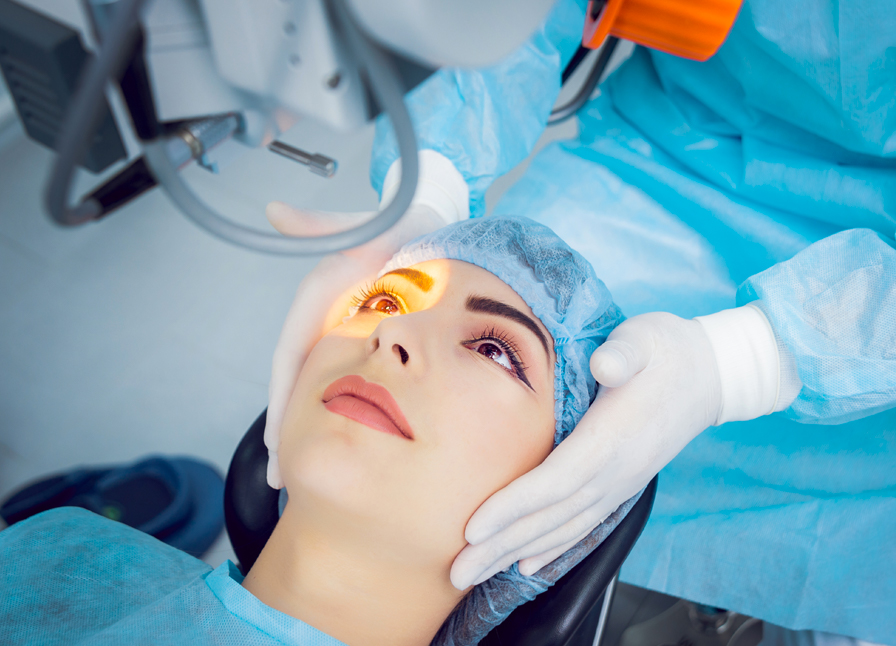Cataracts and glaucoma are two of the most common causes of blindness in the elderly. The
combination of both procedures may increase the likelihood of postoperative complications
and jeopardise the success of the process because glaucoma treatment may hasten the progression
of cataracts.
Cataract surgery, on the other hand, has been shown to independently lower intraocular pressure
(IOP), which may allow patients with coexisting cataracts and glaucoma to control their IOP
better. It can be difficult to decide whether to have cataract surgery alone or cataract surgery in
conjunction with glaucoma surgery.
To gain a better understanding of these two approaches, consider the following:
What exactly is a Cataract?
We are all aware that the naturally clean lens of our eyes aids in focusing light so that we can see
clearly. You should also be aware that the lens becomes foggy as we age. Things appear fuzzy,
drab, or dull. A cataract is a term we use to describe such situations.
Many of us are aware that a cataract can only be surgically removed. In other words, after
removing the original lens, your doctor replaces the clouded natural lens with an artificial
intraocular lens (IOL).
What is Glaucoma?
Glaucoma is a group of conditions that cause optic nerve damage, often with abnormally high eye
pressure. Open-angle glaucoma, the most common type of glaucoma, can cause tunnel vision or
blind spots.
During an annual eye checkup, ophthalmologists must check for cataracts and glaucoma, so you
can treat them effectively before they advance and prevent damage to the optic nerve.
Each person’s situation is unique, but cataract surgery with glaucoma is generally considered safe.
However, because cataract surgery has been shown to increase eye pressure, those with glaucoma
may wish to have both procedures performed concurrently.
Fortunately, having glaucoma and cataract surgery at the same time can be extremely beneficial to those suffering from both
conditions—and M M Chokshi Eye Hospital makes this possible.
Many doctors combine cataract and glaucoma surgery into a single treatment, similar to how a
stent works on a smaller scale to prevent a heart attack or stroke. It allows the backed-up fluid to
drain by creating a permanent opening in the blocked trabecular meshwork, lowering pressure and
preventing optic nerve damage.
In fact, cataract surgery can lower high eye pressure, and reduce the number of medications needed to
manage your glaucoma, and even eliminate the need for glaucoma medication entirely in some
cases.
Monitoring the intraocular eye pressure (IOP) of glaucoma patients undergoing cataract surgery
requires extra care.
For these reasons, it is essential for people with glaucoma to follow closely the instructions their
cataract surgeon provides regarding the use of glaucoma medications before and after their
cataract procedure and to attend all scheduled visits after surgery.
Following cataract surgery, glaucoma patients may require additional follow-up visits for more
closely monitor eye pressure and adjust medications for optimum glaucoma management.

